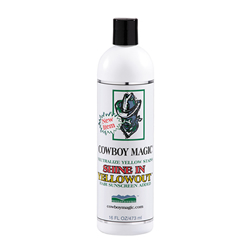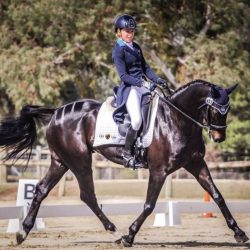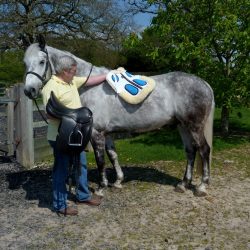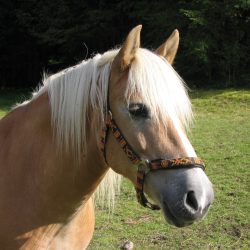A leading British vet that runs an equine dental clinic recently joined forces with mouth moulding specialist Sue Gilliatt, an ambassador for Bomber Bits. The vet performed investigative procedures with an elite horse ridden by one of the world’s leading competitors, that was experiencing discomfort.
The equine bars
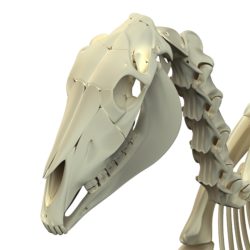 In her work, Sue is finding there’s an increasing awareness among owners of the importance of the bars of the horse’s mouth, in terms of comfort. “The equine bars are gaining increasing significance when bitting horses, as we are all becoming more educated about their conformation,” Sue explains. “The bars consist of the area of the lower jaw after the front teeth (see image, which shows the ‘interdental’ area), and before the cheek teeth. A thin layer of skin covers them; all horse bits lie over the bars. The equine lips protect the bars from direct pressure by cushioning them from the bit. My work with Bomber Bits as well as vets and equine dental technicians is showcasing the great variety of conformation seen in equine bars – some are narrow, some are mis-shapen, and some are ridged. Such conformations will undoubtedly affect the horse’s ability and wish to soften and accept a bit, and the rider’s contact.”
In her work, Sue is finding there’s an increasing awareness among owners of the importance of the bars of the horse’s mouth, in terms of comfort. “The equine bars are gaining increasing significance when bitting horses, as we are all becoming more educated about their conformation,” Sue explains. “The bars consist of the area of the lower jaw after the front teeth (see image, which shows the ‘interdental’ area), and before the cheek teeth. A thin layer of skin covers them; all horse bits lie over the bars. The equine lips protect the bars from direct pressure by cushioning them from the bit. My work with Bomber Bits as well as vets and equine dental technicians is showcasing the great variety of conformation seen in equine bars – some are narrow, some are mis-shapen, and some are ridged. Such conformations will undoubtedly affect the horse’s ability and wish to soften and accept a bit, and the rider’s contact.”
New diagnostic procedures
In the recent case of the leading sports horse that had a mouth mould taken by Sue and her colleagues, the vet injected a numbing agent into the mouth bars, to help the team ascertain why the horse was experiencing a lack of softness on one rein. It was discovered that an area was very sore, and the vet then identified a bone spur, explaining: “Veterinary investigation of performance issues has relied on use of local anaesthesia as the mainstay of diagnostic investigation for years pretty much since they were invented. Horses can’t tell us where the pain is, and use of sequential local and regional anaesthesia and assessment before and after such ‘blocks’ is a reliable and useful method of localising pain. It is of course used worldwide for the diagnosis of lameness investigation, but not yet in dentistry.”
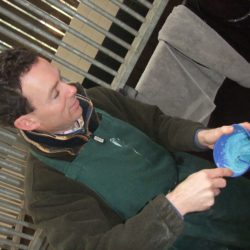 The vet explained that trying to localise potential pain responses from the head and / or mouth, and having a reliable method of ruling out or diagnosing pain originating from the bars in the mouth, can only be a good thing.
The vet explained that trying to localise potential pain responses from the head and / or mouth, and having a reliable method of ruling out or diagnosing pain originating from the bars in the mouth, can only be a good thing.
He told Sue that the practice of using regional anaesthesia when used in the equine mouth is more likely to improve equine welfare (by identifying and localising pain), than guessing where it might be coming from, or continually trying different horse bits..
“The work of vets and EDTs never ceases to amaze me, and I am thrilled to have been involved in the latest mouth moulding concepts from the start. The benefits to riders, especially those at the highest levels, in terms of ascertaining equine mouth conformation, cannot be underestimated,” Sue Gilliatt concludes.
Please email Sue Gilliatt if you’d be interested in having a mouth mould performed on your horse within a group booking – sue@gilliattholdings.com
(In the picture, an equine dental technician mixes the mould, to take a physical , 3D mould of the horse’s bars.)
Contact us to stock the Bombers range of bits.
#bombersbits #bombersbluebits #teambombers #bombersbitsbringbalance
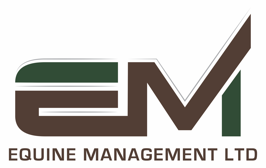
 MADE IN THE UK
MADE IN THE UK